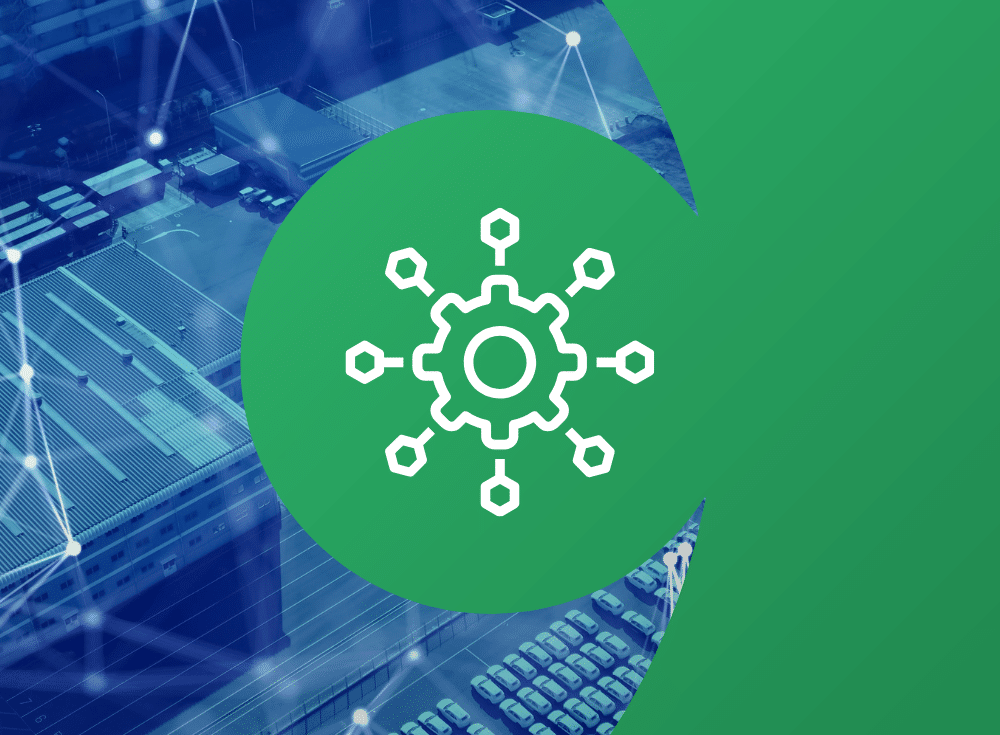When discussing cloud native application development, microservices are almost always brought up, and rightfully so.
Microservices architecture represents a structured approach to deploying a suite of independent and self-contained services within an organization. Microservices mark a significant evolution from traditional application development methodologies, and empower development teams to operate autonomously and scale in a cloud native environment.
We will explore the evolution of application development, review the defining features of microservices, and examine their implications for cloud native observability.
The difference between microservices architecture and monolithic architecture
The easiest way to understand what microservices architecture does is to compare it to monolithic architecture.
Monolithic architecture
The term “monolithic” suggests a singular, unified construction. In software terms, it denotes an application where all components are combined into a single executable. The features of this design include:
- Simple development: Monolithic application creation is supported by many development tools.
- Ease of deployment: Involves deploying a singular file or directory to your runtime.
- Limited Scalability: Scaling the application is difficult beyond a certain point, which can cause a lot of growing pains as development expands.
Microservices architecture
The defining characteristics of microservices include being small and self-contained services. This enables them to be highly testable and maintainable, independently deployable, paired with other services, and developed by lean, productive developer teams. Examples of service categories within a microservices architecture include:
- Client: Services on the client side are responsible for gathering requests from clients, covering activities like searching, constructing, and more.
- Database: Within a microservices architecture, it’s common for each microservice to maintain its distinct database, accessible and modifiable via an API service.
- Identity provider: Requests originating from clients undergo initial processing by an identity provider. This service is tasked with generating, authenticating, and overseeing digital identities before the requests are forwarded to an API gateway.
- API gateway: An API serves as the intermediary framework enabling communication between two services. In terms of microservices, an API gateway acts as the primary interface: it receives requests from clients, aggregates the necessary services from the backend to address these requests, and delivers the appropriate response back to the client.
- Message formatting: Communication between services can be categorized into synchronous and asynchronous messaging. Synchronous messaging is employed when a client anticipates a direct response, utilizing protocols such as Representational State Transfer (REST) and HTTP. Asynchronous messaging suits situations where a client does not expect an instant reply from services. Protocols frequently used for this messaging type include AMQP, STOMP, and MQTT.
- Static content: After microservices complete their interactions, static content is transferred to a cloud storage system, which then directly serves this content to the client.
- Service discovery: Service discovery functions as a mechanism for identifying devices and services within a particular network, applicable to both client-side and server-side services. For both client-side and server-side services, service discovery is a tool that locates devices and services on a specific network.
- Management: Incorporating a management element within a microservices architecture aids in overseeing services, detecting failures, and ensuring the system operates efficiently.
The monolithic model, while traditional and possessing its advantages, is increasingly giving way to microservices, especially in cloud native environments. These are the key distinctions that set these two architectural models apart.
Benefits of a microservices architecture
Modern, cloud native companies are seeing a lot of benefits from using a microservices architecture – here’s why.
Faster deployment: Not only are microservices easier for most developers to understand, they’re also faster to deploy. Change one thing in the code for a monolithic structure, and it affects everything across the board. Microservices are independently deployed and don’t affect other services.
Flexibility: The independent nature of each service allows for the use of different programming languages across microservices, though standardizing on a single, modern language is generally advisable for consistency and efficiency.
Isolated failures: Unlike monolithic systems, where a single service failure can disrupt the entire application, microservices ensure that failures are contained. If one service encounters issues, it does not incapacitate the entire application, though it may result in reduced functionality.
Scalability: Managing scale within a singular application framework is challenging as demand grows. Microservices architecture, however, facilitates the adjustment of individual services’ capabilities without the need to overhaul the entire system. This is particularly useful for scaling specific services that experience higher demand, such as a payment processing service.
Overall, adopting a microservices architecture can lead to significant time savings, allow for more precise adjustments to services, and offer scalable solutions tailored to the needs of each service and the application as a whole.
Challenges of adopting a microservices architecture
Though very useful, there are inherent challenges that come with adopting a microservices architecture you need to be aware of.
Testing: Testing across an entire application can become complex due to the varied and distinct paths each service execution may take within a microservices architecture. While the flexibility offered by microservices is a significant advantage, this same variety introduces challenges in maintaining consistent observability throughout a distributed deployment.
Increased complexity and dependency issues: With microservices, the multiplication of services amplifies the diversity of user interactions and service-to-service communications, complicating the task of tracing transactions from the front end to the back end. This complexity can lead to dependency issues, as managing the compatibility and side effects of various service versions and workloads becomes intricate when services operate so autonomously.
Managing communication systems: Although microservices enhance the ability of services to communicate, overseeing the architecture that facilitates this interaction demands significant effort. APIs are critical for ensuring seamless service interactions, requiring an API gateway infrastructure. However the use of API gateways brings up potential issues as well; they can introduce failure points, create dependency issues, or become communication bottlenecks.
Observability: The distributed nature of microservices complicates monitoring and observability, presenting challenges for developers and observability teams in maintaining oversight of the system. Implementing an effective monitoring solution or platform is essential for comprehensive system management, enabling teams to identify, diagnose, and resolve issues across the microservices landscape.
Is a microservices architecture right for you?
In some cases, sticking to the monolithic structure is the correct choice, but keep in mind that microservices architectures are growing in popularity for a reason. Important considerations include your:
Application hosting environment
Given that cloud native architectures are inherently designed to leverage the advantages of microservices, opting for microservices is essential to fully benefit from a cloud native setup. The shift towards cloud-based environments underscores a trend toward adopting microservices architecture for application development, a trend that’s expected to persist.
Team functionality
Microservices architecture allows for a more granular division of the codebase, making it manageable for smaller, more focused teams. However, this approach requires tools for identifying, monitoring, and managing the interactions and functionalities of various components. Teams must also recognize which services can be reused, enhancing efficiency and reducing the need to build new services from the ground up.
Application flexibility
For applications requiring frequent updates or adjustments, microservices offer a distinct advantage. Microservices architecture allows for modifications to individual services without needing to make comprehensive changes to the entire application structure.
Service volume and scalability
If you have a lot of services or anticipate growth, a monolithic application may stunt your scalability whereas a microservices architecture is particularly well-suited for environments with a large number of services or those expecting significant growth. This is because, unlike monolithic systems, microservices can scale more efficiently and effectively within cloud-based platforms.
Chronosphere scales with microservices
The microservices architecture aims to streamline the development of application software within cloud native environments, rather than complicate it. Despite the challenges of overseeing each distinct service, the need for scalable observability solutions becomes even more critical as businesses expand.
Chronosphere specializes in observability for a cloud native world offering teams enhanced management capabilities, dependable functionality, and adaptable scalability throughout the application development process. Using a reliable and versatile platform for monitoring microservices significantly reduces risks, facilitates the early detection of potential failures, and allows development teams to gain insights from their data more effectively. This approach not only optimizes the performance of microservices but also supports a more agile and responsive development cycle.
Additional resources
Curious to learn more about Chronosphere? Check out our tech docs.







